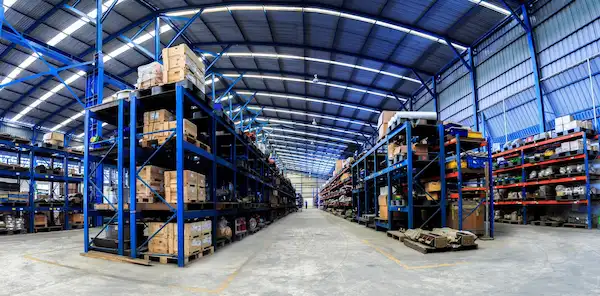As a small business looking for less expensive manufacturing solutions for your products, outsourcing to China seems to be the way to go. And with such vast production capacity, China is the largest manufacturer in the world, involved in more than $1,865.83 billion worth of global manufacturing output.
But what are the pitfalls? How can you ensure your business avoids those pitfalls? As a beginner, how can you even find a good supplier from China?
Keep reading to discover what to look out for as a beginner outsourcing to Chinese suppliers.
1. Comprehensive Market Research and Global Sourcing
Use well-known online sites or digital marketplaces that bring buyers and sellers together, or use search engines like Google. These platforms allow you to look for different Chinese suppliers based on the types of products they sell, read their profiles, look through their product lists, and contact them directly.
Use global sourcing strategies to find possible Chinese suppliers and other countries. By looking at global sourcing strategies as part of your market study, you can increase the number of suppliers you can work with and think about more options.
2. Evaluate Supplier Credibility
Ask for copies of the supplier’s business licenses and other approvals to make sure they are real. Look for licenses that show they follow all the local and foreign rules that apply. Find out about the company’s history and reputation in the business.
Ask the supplier for recommendations, especially from their current or past clients. Get in touch with these people to find out what it was like to work with the seller. This step makes sure that you only work with sellers who are legal and trustworthy.
3. Effective Communication
Set up clear and effective ways for your sellers to talk to you. Use professional translators or hire people who speak more than one language to get around language obstacles.
Make sure your product specs, quality standards, shipping schedules, and any other needs are clear. Keep in touch regularly to talk about any problems and keep a good working relationship.
4. Quality Control and Assurance
Set up a strong method for quality control to make sure the products produced by Chinese manufacturers meet your standards. Think about getting a third-party inspection company to check on your products while they are being made and before they are shipped.
Set up quality control checkpoints and acceptable tolerances, and let your provider know what you need. Regularly check the quality of the product and give comments on it to keep things consistent.
5. Long-Term Partnership Development
Aim for a long-term partnership with providers you can trust. Build relationships that are good for both of you by showing your commitment, doing business consistently, and keeping your promises. Think about going to China to see your suppliers, strengthen the connection, and learn more about how they do business.
Use this Guide to Find the Best Chinese Suppliers For Your Business
By researching Chinese suppliers, asking for certifications, and establishing trust and communication, you can find the perfect Chinese supplier for your needs. Use this guide as a starting point to find the right suppliers who’ll be willing to work with you to create quality products that will leave your customers happy. Start sourcing now to make the most out of your business.
Is this article helpful? Keep reading our blog for more.







